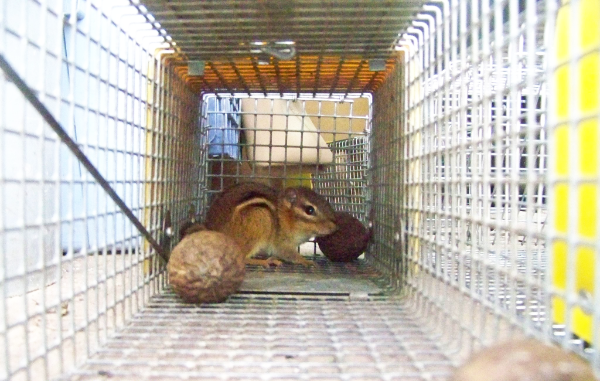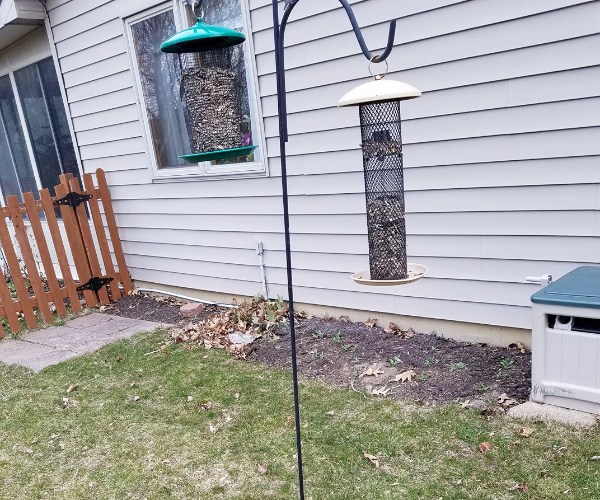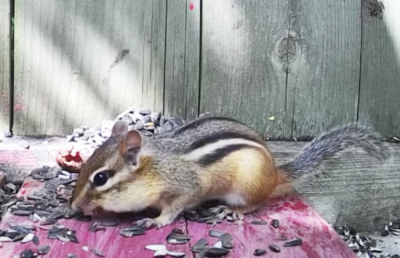DIY Chipmunk Removal
Multiple numbers of methods are available for the removal of chipmunks, including prevention, releasing, and trapping. Moreover, you can so use homemade repellants for chipmunks. Chipmunks are rodents by biological nature. Most of the methods utilized for controlling chipmunks resemble those that are used to control mice, squirrels, and rats. However, most of the methods are humane, in which the method of prevention and exclusion are the most effective.
Prevention and Exclusion
Experts recommend making some important changes to your backyard for alleviating any damage caused by chipmunks. Some of these necessary steps involved are:
- Place footers that have an L shape around the foundation of the home. This also includes porches, sidewalks, and retaining walls. This ultimately stops the chipmunks from burrowing deep into the ground
- Remove any piles of rock or wood and trim any plants that might be acting as a nourishing material for different chipmunks.
- Surround your home or your back yard with the help of a gravel border free from plants.
- Do not let the chipmunks dig flower bulbs by placing a plastic or wire screen cover or adjusting some bulb cages.
- It would be best if you planted only bulbs to which any animals are not attracted to eating.
Using Chipmunk Repellants
Although there are no products that are directly related to the removal of chipmunks, some repellants can also be used in the process. For this purpose, regular insecticides and fumigants are not recommended. Instead, it is recommended that you use repellants for squirrels, as they work for chipmunks as well. However, you need to note that there are some specifications associated with it, which include noting the product's safety labels.
Commercial repellants include thiram, which can be applied to the bark, stems, or bulbs of a plant. Another category is flakes, also known as mothballs, that can be placed around different gardens.
For a DIY repellant, you can take some Lysol, Epsom salt, and some water. You need one teaspoon of Lysol, three ounces of Epsom salt, and one gallon of water.
Trap and Release

One humane way of removing chipmunks from your home is to use the trapping and releasing phenomenon. This way, stubborn rodents like chipmunks can be taken away from the place where they have been living. It is important to check the domestic laws and regulations about the relocation of chipmunks in the area right before trying to trap the species. This is because the relocation of animals is illegal in some areas. You can follow some tips regarding the trapping and releasing a chipmunk.
- Use a small trap that is around 20 inches in length. It should have a wire mesh so that the rodent does not get away from the trap.
- You can place that trap in areas where you would normally expect the chipmunks to come. This includes paths near traffic and burrows.
- Use bait in the trap to entice the chipmunks to go into the trap.
- If you place something edible, such as a twig or some peanut butter, you can place it directly on the plate so that rodents will eat it.
Protection of Bird Feeders

Chipmunks are rodents and feed on the ground. They get their nourishment from small plants, seeds, and twigs. The spilled seeds from the bird feeders are something they are get attracted to. That is why it is important to keep them away from this source. This can be done by following these steps:
- Do regular clean up of spilled seeds.
- Select seeds like thistle that are not suitable for chipmunks and squirrels.
- There should be a minimum distance of 15 feet between any nearby structure and the bird feeders.

